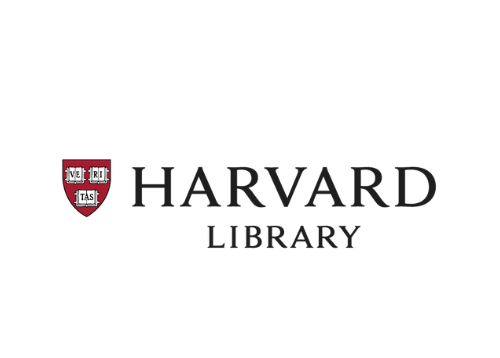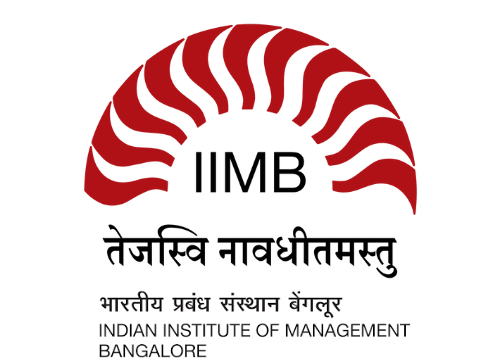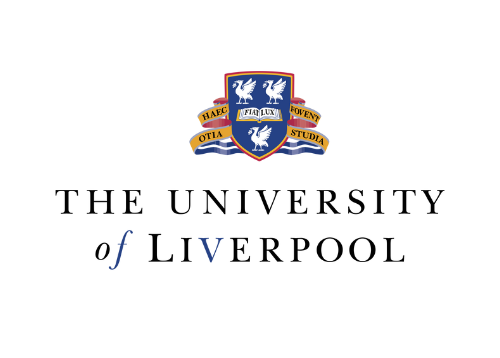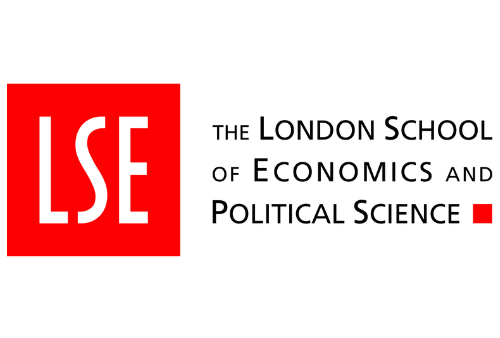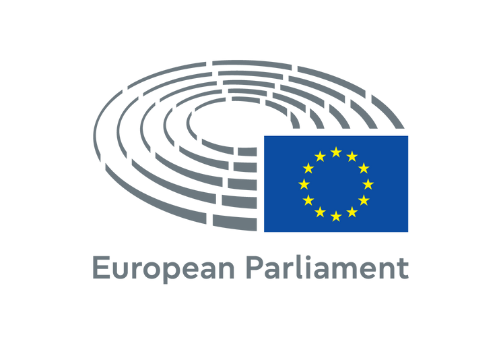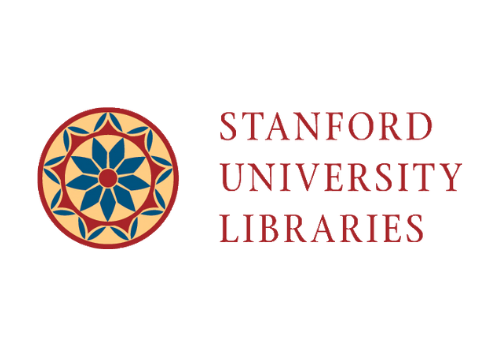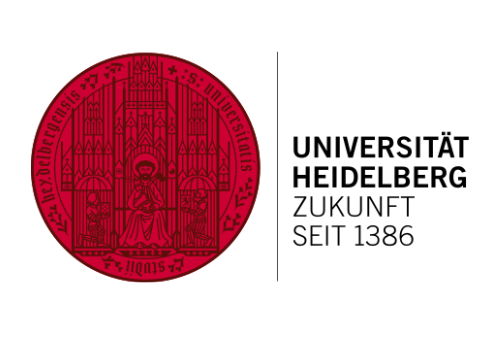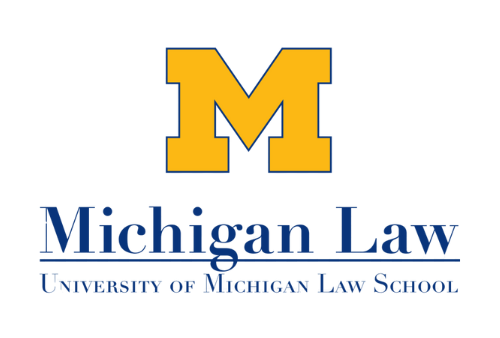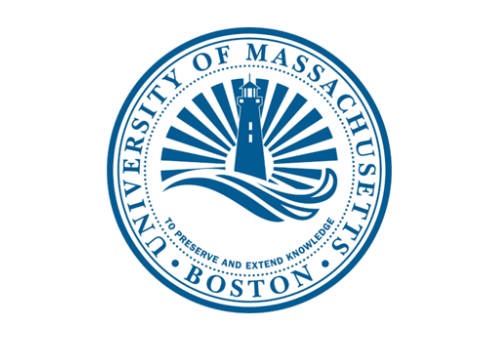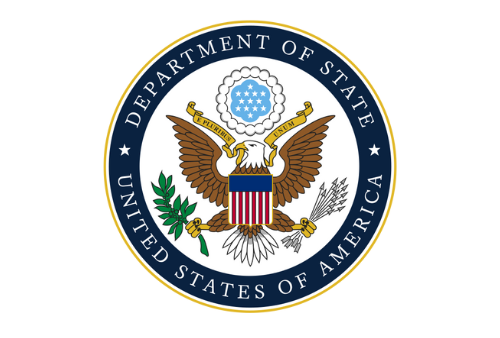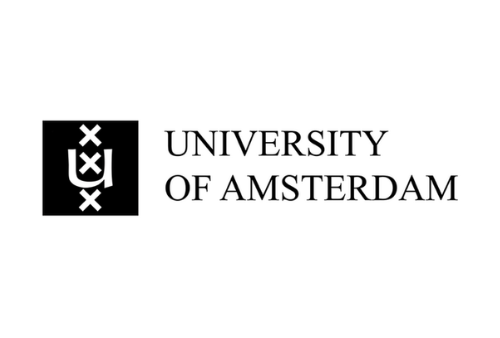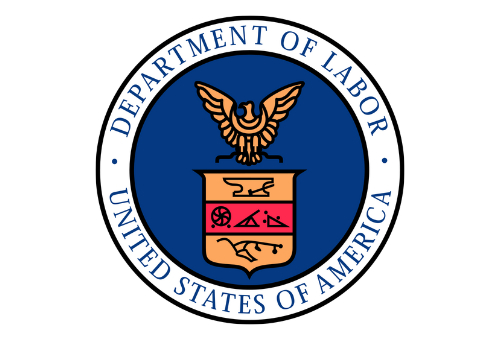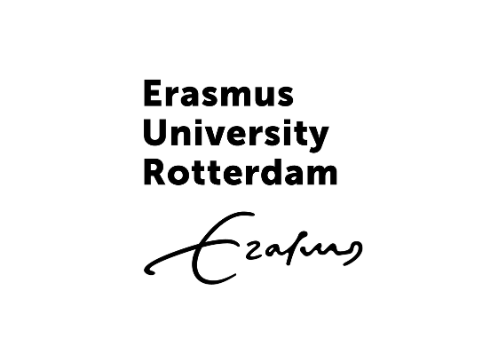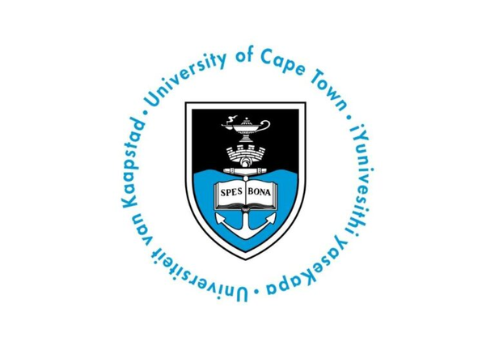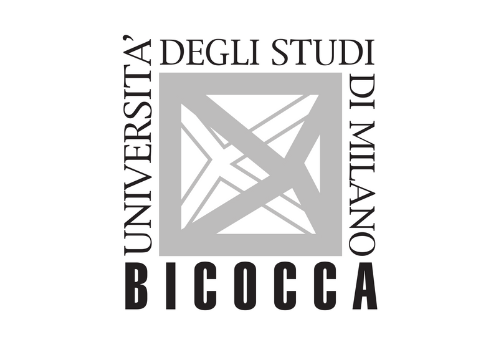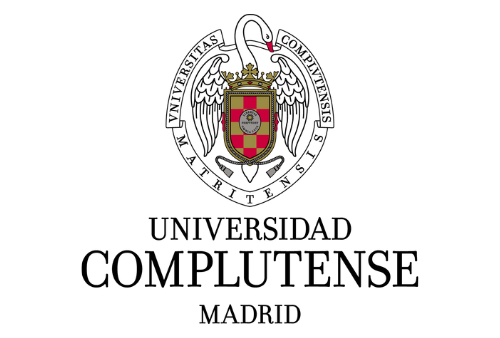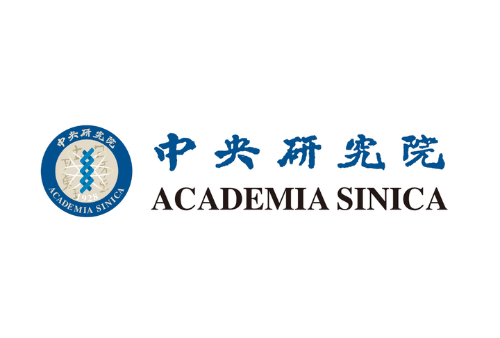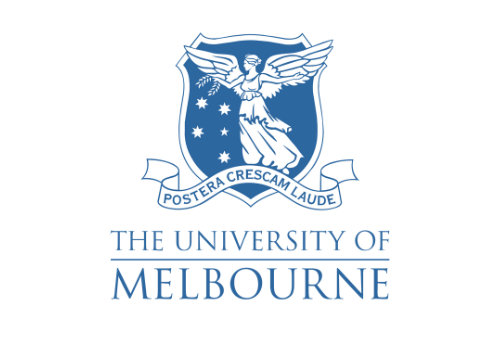SHEELA BARSE V. STATE OF MAHARASHTRA: EXPANDING HORIZONS OF PRISONERS’ RIGHTS UNDER ARTICLE 21
Adv. Akshay Fand, LLM (Criminal Law), Advocate at District and session court Buldhana (India)
Before D.K. Basu v. State of West Bengal, the Supreme Court, in the landmark judgment Sheela Barse v. State of Maharashtra, safeguarded the rights of women prisoners and reinforced the mandate of Article 21 of the Indian Constitution. While working as a journalist, Sheela Barse sent a letter to the Supreme Court depicting gruesome custodial violence against female inmates. The apex court decision in this case introduced systemic reforms in prison administration and expanded the scope of public interest litigation. The apex court, while dealing with the case, gave directions to form separate lockups for female inmates, provide them with proper medical care, and provide them with proper legal representation with prompt inspections from the concerned magistrate. It shifts state obligations towards the vulnerable groups in custody. The following paper undertakes a doctrinal analysis of the case and introspects its jurisprudential underpinnings and its linkage with Articles 14, 21, and 39A of the Indian Constitution. The landmark decision in this case plays a vital role in shaping the course of justice in D.K. Basu v. State of West Bengal and Nilabati Behera v. State of Orissa. Supreme Court decisions and direction were progressive, but the critical analysis exposed persistent gaps and problems of implementation at the actual ground level. The judgment throws light on the contemporary issue of custodial torture and prison reforms. The apex court judgment is in line with international human rights standards and recent custodial death statistics. This study reaffirms that Sheela Barse is still both a beacon of constitutional morality and a reminder of the incomplete promise of dignified detention in India.
| 📄 Type | 🔍 Information |
|---|---|
| Research Paper | LawFoyer International Journal of Doctrinal Legal Research (LIJDLR), Volume 3, Issue 3, Page 432–440. |
| 🔗 Creative Commons | © Copyright |
| This work is licensed under a Creative Commons Attribution-NonCommercial 4.0 International License . | © Authors, 2025. All rights reserved. |


